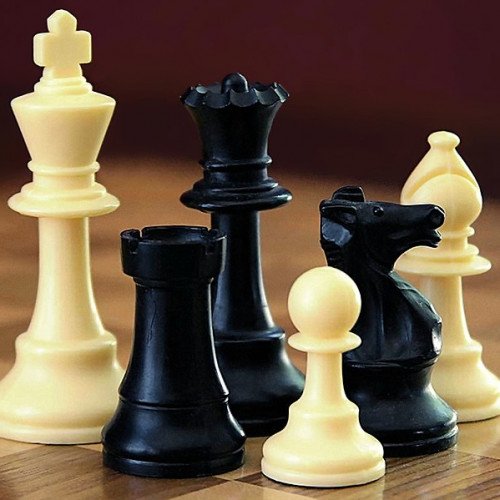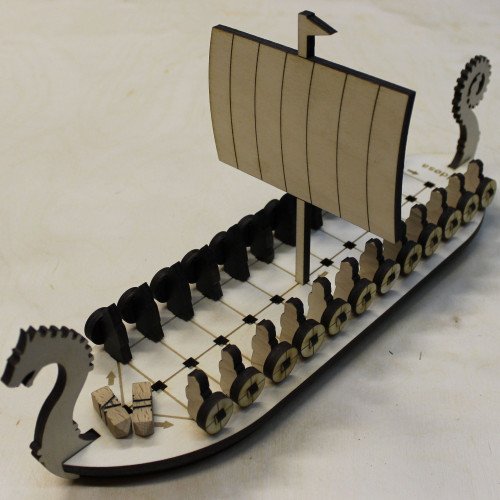CHESS VS DALDØS

CHESS
Chess is a recreational and competitive board game played between two players. It is sometimes called Western or international chess to distinguish it from related games such as xiangqi. The current form of the game emerged in Southern Europe during the second half of the 15th century after evolving from similar, much older games of Indian and Persian origin. Today, chess is one of the world's most popular games, played by millions of people worldwide at home, in clubs, online, by correspondence, and in tournaments. Chess is an abstract strategy game and involves no hidden information. It is played on a square chessboard with 64 squares arranged in an eight-by-eight grid. At the start, each player (one controlling the white pieces, the other controlling the black pieces) controls sixteen pieces: one king, one queen, two rooks, two knights, two bishops, and eight pawns. The object of the game is to checkmate the opponent's king, whereby the king is under immediate attack (in "check") and there is no way to remove it from attack on the next move. There are also several ways a game can end in a draw. Organized chess arose in the 19th century. Chess competition today is governed internationally by FIDE (International Chess Federation). The first universally recognized World Chess Champion, Wilhelm Steinitz, claimed his title in 1886; Magnus Carlsen is the current World Champion. A huge body of chess theory has developed since the game's inception. Aspects of art are found in chess composition; and chess in its turn influenced Western culture and art and has connections with other fields such as mathematics, computer science, and psychology. One of the goals of early computer scientists was to create a chess-playing machine. In 1997, Deep Blue became the first computer to beat the reigning World Champion in a match when it defeated Garry Kasparov. Today's chess engines are significantly stronger than even the best human players, and have deeply influenced the development of chess theory.
Statistics for this Xoptio

DALDØS
Daldøs is a running-fight board game only known from a few coastal locations in southern Scandinavia, where its history can be traced back to around 1800. The game is notable for its unusual four-sided dice (stick or long dice). In Denmark it is known as daldøs in Northern and Western Jutland (Mors, Thisted and Fanø), and possibly as daldos on Bornholm. In Norway it is known under the name of daldøsa from Jæren, where, unlike in Denmark, a continuous tradition of the daldøs game exists. Daldøs has much in common with some games in the sáhkku family of Sámi board games. Sáhkku is known to have been played among Sámi on the northern coast and eastern-central inland of Sápmi, far away from Jæren and Denmark. Otherwise, the closest relatives of this game appear to be the tâb games from Northern Africa and South-western Asia, possibly apart from one unlabelled diagram in a codex from Southern England. The board is boat-shaped and has three parallel rows of holes, two of which (A and B) have 16 holes each, while the middle row has an extra hole in the prow of the ship. Each player has 16 spatula-shaped pieces with a bottom end fitting into the holes of the board. One player has pieces that are rather wide and thin; whereas the other player's pieces are more obelisk-shaped. At the beginning of the game, player A's pieces are placed in the holes of row A so that the spatulas are perpendicular to the row (un-dalled), and equivalently for player B. Later in the game, the pieces will be turned (fordallede, or dalled) so that the spatula is parallel to the rows. Two special dice are used. Each die is a four-sided long die with pyramidal or rounded ends, preventing the die from standing on end. They may be about 2 by 2 cm in cross section, and 4 cm long. The four sides are marked A (with the value 1, called dallen, i.e. the dal), II (2, probably called døs), III (3) and IIII (4). According to some sources, the dal is opposite to III.